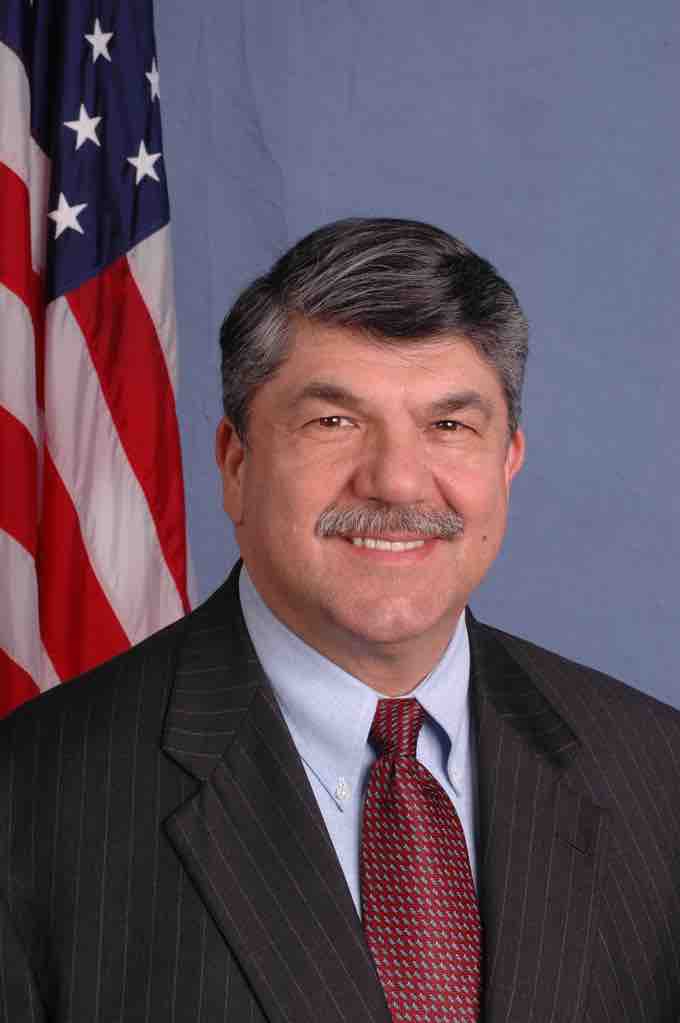The Declining Unions in America
Since the middle of the twentieth century, the American labor movement has been in steady decline. In the early 1950s, a third of the United States' total labor force was unionized; by 2012, the proportion was 10%, falling 5% for the private sector.
Over the last decades, unions' influence has waned, and workers' collective voice in the political process has weakened. As a result, wages have stagnated, and income inequality has increased. By 2011, fewer than 7% of employees in the private sector belonged to unions.
The UAW's numbers of automobile union members are representative of the manufacturing sector:
- 1,619,000 active members in 1970
- 1,446,000 in 1980, 952,000 in 1990
- 623,000 in 2004
- 377,000 in 2010 (with more retired than active members)
Reagan and Unions
Most unions were opposed to Reagan in the 1980 presidential election.
On August 3, 1981, the Professional Air Traffic Controllers Organization (PATCO) union, which supported Reagan, rejected the government's pay raise offer and sent its 16,000 members on strike to shut down the nation's commercial airlines. They demanded a reduction in the work week to 32 from 40 hours, doubling of wages, a $10,000 bonus, and early retirement.
Federal law forbade such a strike, and the transportation department implemented a backup-plan (of supervisors and military air controllers) to keep the system running. The strikers were given 48 hours to return to work or be fired and banned from ever again working in a federal capacity.
A fourth of the strikers came back to work, but 13,000 did not. The strike collapsed, PATCO vanished, and the union movement as a whole suffered a reversal, accelerating the decline of membership across the board in the private sector.
Rise of Public Sector Unions
In 1958, New York Mayor Robert Wagner, Jr. issued an executive order, called "the little Wagner Act," giving city employees bargaining rights, and their unions exclusive representation.
Wisconsin, New York, and other states saw the emergence of public-sector unions, including:
- Teachers
- Clerks
- Firemen
- Prison guards
At the federal level, President John Kennedy, in 1962, issued Executive Order 10988, upgrading the status of unions of federal workers.
After 1960, public sector unions grew rapidly and secured good wages and high pensions.
While manufacturing and farming steadily declined, state- and local-government employment quadrupled from 4 million workers in 1950 to 12 million in 1976 and 16.6 million in 2009. Adding in the 3.7 million federal civilian employees, in 2010, 8.4 million government workers were represented by unions, including:
- 31% of federal workers;
- 35% of state workers; and
- 46% of local workers.
Daniel Disalvo notes, "In today's public sector, good pay, generous benefits, and job security make possible a stable middle-class existence for nearly everyone from janitors to jailors. "
In 2011, as states faced a growing fiscal crisis and the Republicans made major gains in the 2010 elections, public sector unions came under attack in Wisconsin, Indiana, New Jersey, and Ohio from conservative Republican legislatures.
Women in Unions
As the manufacturing industries that have constituted the strength of the American Labor Movement declined, such as the steel and auto industries, the rise of the service sector began to see major growth.
White-collar jobs in the service sector, often filled by women workers, include:
- Clerical workers
- Nurses
- Social workers
- Teachers
Traditionally, women had been under-represented in union organizing due to the belief that "it was a woman's 'nature' to be a loyal 'office wife'" and not show disloyalty by joining a union. Also, it was commonly held that women would not remain in the work force long and would return to the the home when married. Therefore, efforts to mobilize women in unions were considered a poor use of resources.
As the industrial sector declined, attention has turned to organizing women in white-collar service jobs. The increased membership of women has also shed light on gender issues, with family issues and other women's concerns gaining more legitimacy in the workplace.
International Trends
According to Richard Trumka, AFL-CIO President :

Richard Trumka
Richard Trumka of the AFL-CIO is one of the most prominent union leaders in America
"....in a global economy, we have no alternative but to build truly global unions. Unions with the ability to confront corporate power wherever it rears its head, whether it's a call center in Bangalore, a shoe factory in Vietnam, or a coal mine in Colombia. "
There is a relatively new body, the International Trade Union Confederation (ITUC). It appeared after a merger of two global bodies in 2006, and currently has a membership of about 175 million workers in 155 countries. Linked to the ITUC, but autonomous, are the global union federations, which seek to bring unions together along sectoral lines.
Then there are scores of inter-regional federations, such as the European Trade Union Confederation, the International Confederation of Arab Trade Unions, and the Organization of African Trade Union Unity.